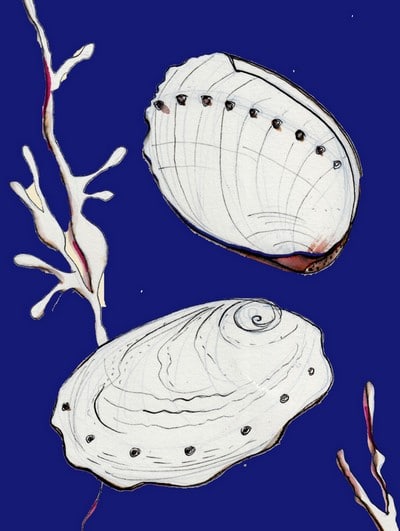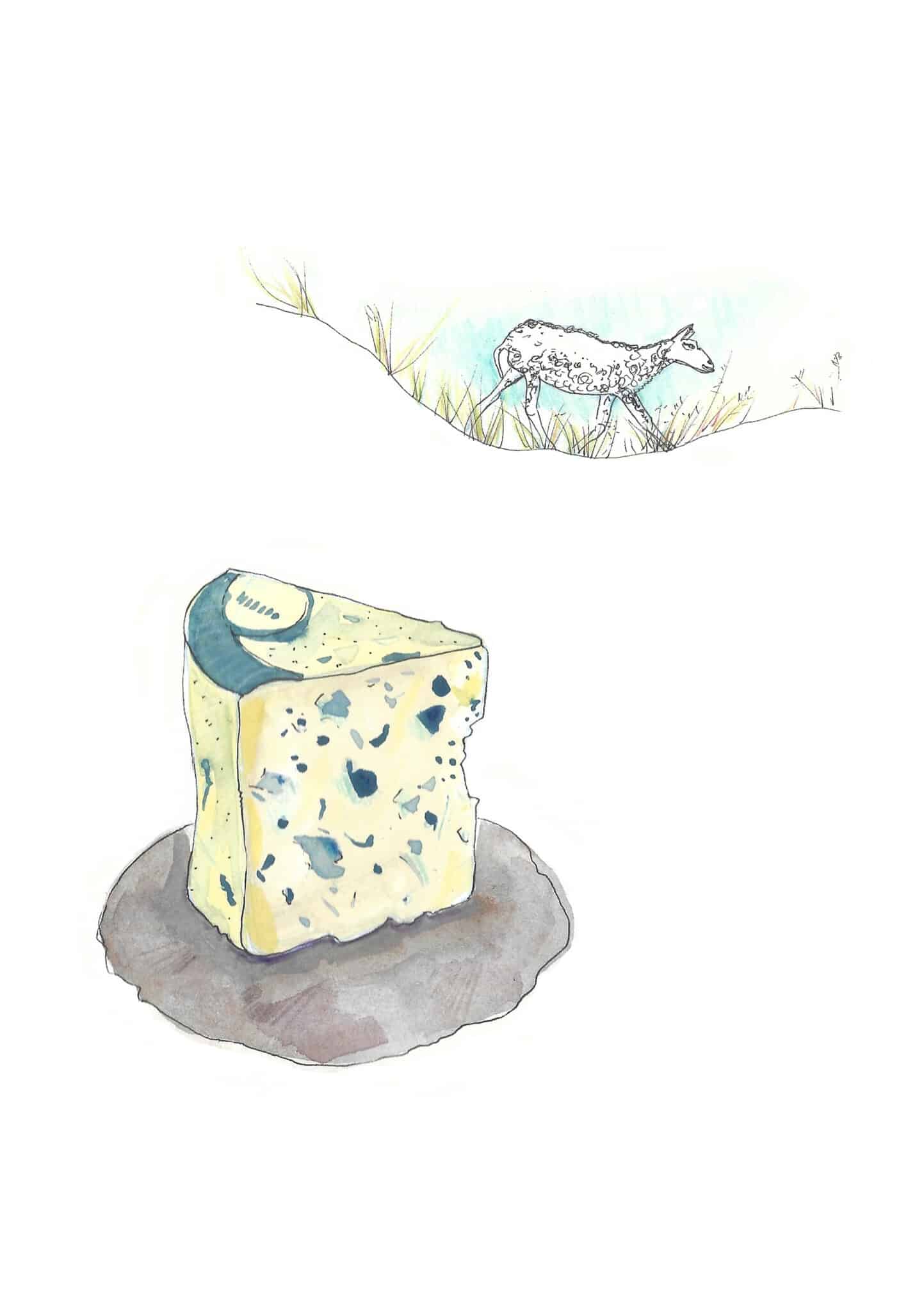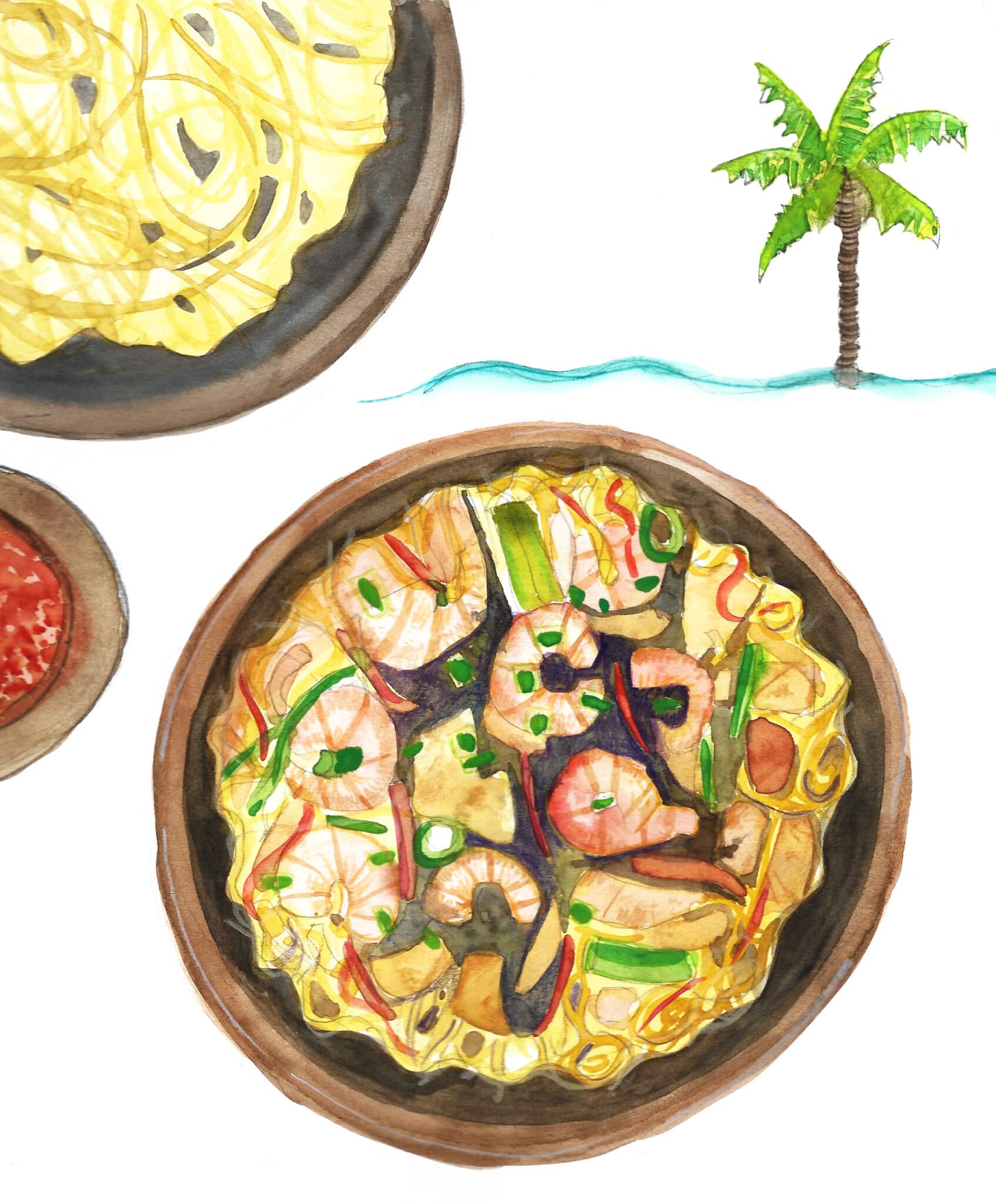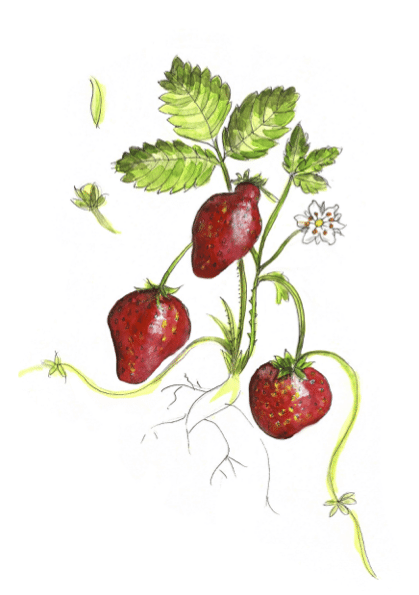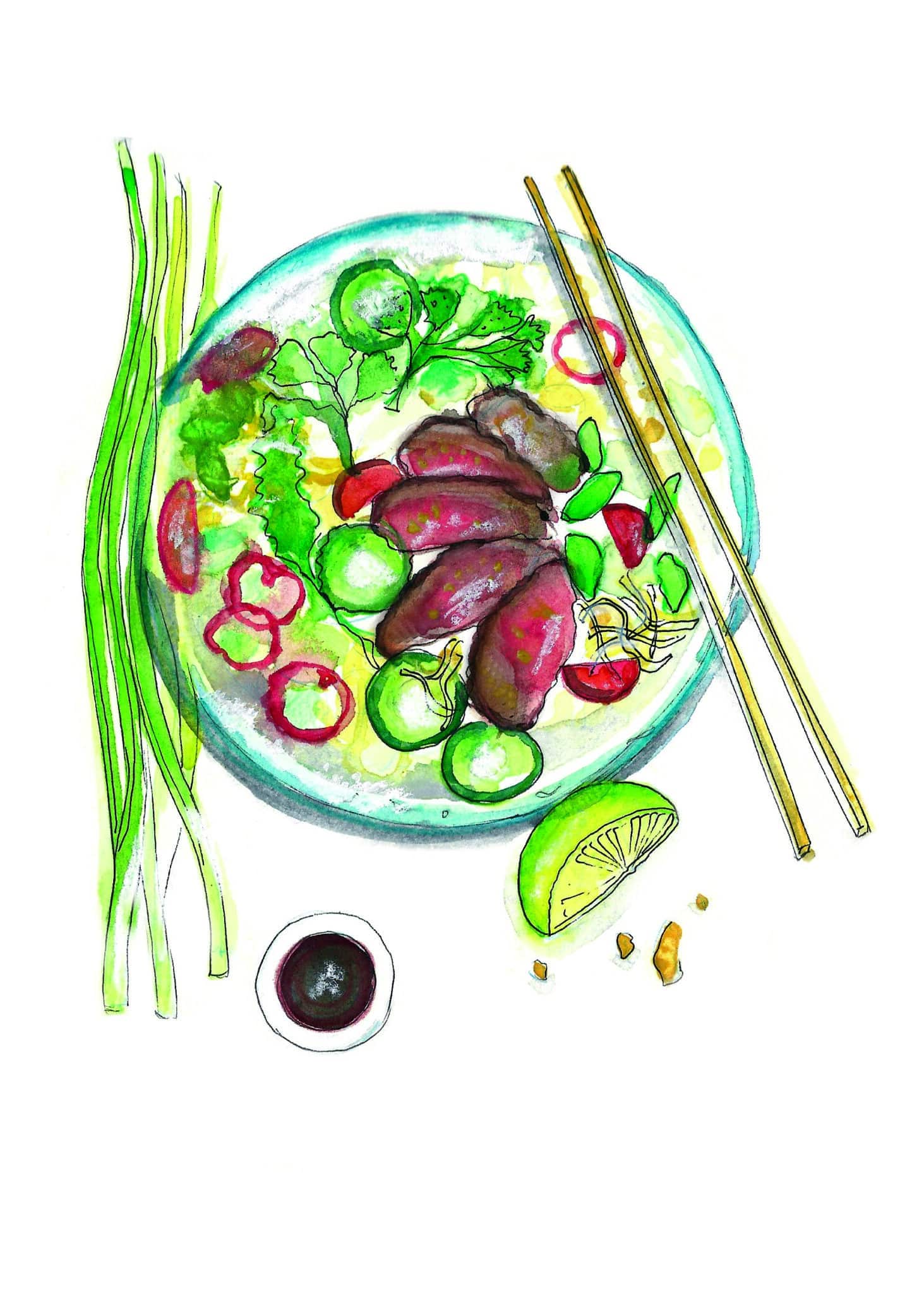Abalone, a shellfish, is much sought after for its delicious flesh. Abalone fishing is strictly regulated in France and in many other countries in the world, for abalone has found its existence threatened due to overfishing. Abalone have a lovely ear-shaped shell and live in fairly shallow waters. Abalone fastens on to rocks and live on seaweed. Abalone are raised in sea farms and they exist in the wild. You find abalone on the Brittany coast, on the Mediterranean coast, in the Pacific Ocean and the Sea of Japan.
Abalone, a delicate dish.
Culinary preparations featuring abalone are among the favourite dishes in Asian countries. Australians, New-Zealanders and of course the French too also love abalone, which can be prepared in so many different ways. Thinly sliced and served as sushi, the flesh of the abalone is very delicate and loses some of its firmness. When looking for what to serve with abalone sushi, I recommend that you head straight for Japan and choose a Junmai Daiginjo sake. What you need is a very clean sake that is not aromatic, so as to enhance the delicacy of the abalone flesh. One good example is the gorgeous Ishidaya cuvée from the Korkuryu firm. The rice has been polished to 65%, leaving just the starch-rich core which produces crystalline saké.
If I were to choose other than a rice wine to go with abalone sushi, I would once again base my choice on the same fundaments: crystal-clear, lovely purity, long finish on the palate. Let’s look to the Albarino varietal, planted on the sandy and granite soils in Galicia, and the 2017 vintage Spanish wine Paraje Mina made by Alberto Nanclares and Silvia Prieto. This beautiful white pairs perfectly with the saline character of the abalone.
Saké or Chablis, purity is foremost for abalone
In France, abalone is most often seared in butter, with fresh parsley and garlic. The taste is very different than raw or marinated abalone, cooking brings out hints of hazelnut and almond. To go with sautéed abalone, I recommend a wine with good acidity and a certain sharpness, to stand up to the fat. I would choose the 2016 Chablis Grand Cru Les Clos from the estate Domaine Jean-Paul and Benoit Droin. This wine combines power, due to its sunny exposure, and the firmness that comes from the Kimmeridgian soils it is planted in. The elegant rectitude of this 2016 vintage contrasts splendidly with the chopped parsley and garlic.
An alternative for an other-than-French wine would be a Spanish white from the Castile and León region, a fine wine produced by Jorge Monzon and Isabel Rodero at the estate Dominio del Aguila. These talented winemakers have already shown great prowess with Ribera del Douero red wines. This 2015 white made from the Albillo Mayor grape has superb acidity. The style, slightly reduced on the lees, gives it outstanding freshness. Let’s sit down!
La Revue du Vin de France, June 2019.
